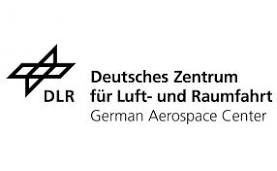Image: Shutterstock
Blog Editor’s Note: Here is an interesting paper from December of last year the German Aerospace Center (DLR) submitted to ION. And there is an interesting video about this also which was posted recently (link below).
Of particular interest to us is a statement near the end of the paper (emphasis added):
In practice, this means that aircraft need to accommodate greater safety margins, thus forcing greater separation between aircraft on adjacent routes. The lack of low RNP impacts the capacity of the airspace, as well as its operational efficiency (Aviation Intelligence Unit, 2021).
From an operational perspective, it is, of course, desirable to continue providing navigation services during GNSS outages. This type of service is commonly referred to as alternative position, navigation, and timing (APNT). The conventional view that APNT services are to bridge short-term outages is consistent with sparse, infrequent events of low-power, local RFI as described by Pullen and Gao (2012). Instead, our results show that APNT systems will likely be required to provide long-term, or even permanent, services to aviation users in some parts of the world.


Impact of GNSS-Band Radio Interference on Operational Avionics
| Abstract: | GNSS outages due to intentional jamming affecting the airspace over the Eastern Mediterranean have received significant attention in recent years. In an effort to better understand the phenomenon and its impact on aviation hardware, DLR sent a data collection flight to the area. The flight was conducted in an Airbus 320, which allowed a study of the behavior of regular avionics and aviation-grade GNSS receivers under jamming conditions. Part of the experimental instrumentation included a high-definition radio-frequency recording device, which allows in-depth pre-correlation analysis of the radio spectrum around the main GPS and Galileo carrier frequencies. The results confirm that the observed outages likely stem from man-made radio interference. They also provide an in-situ opportunity to study the behavior of commercial avionics under GNSS interference conditions. |


